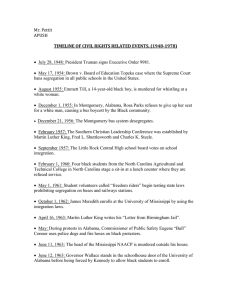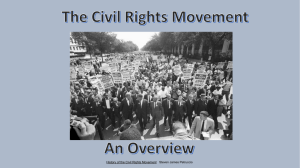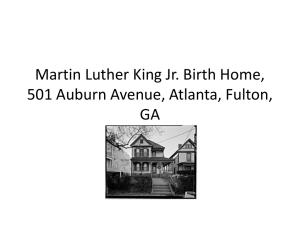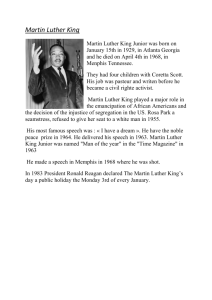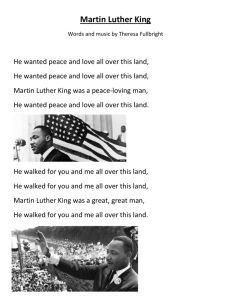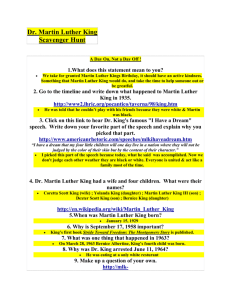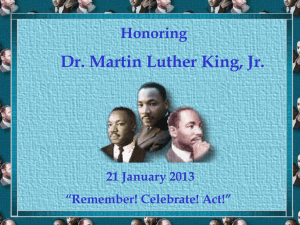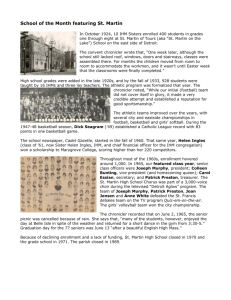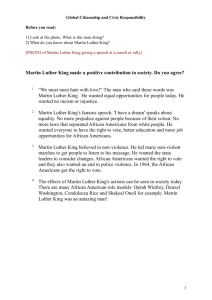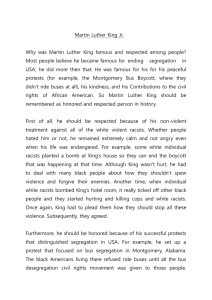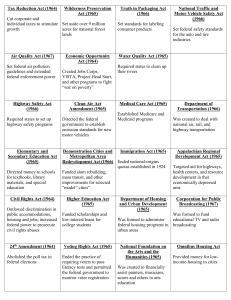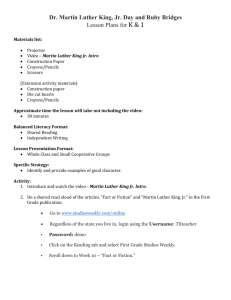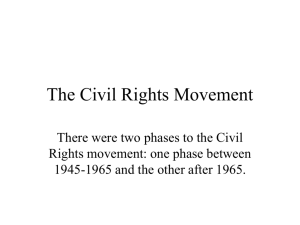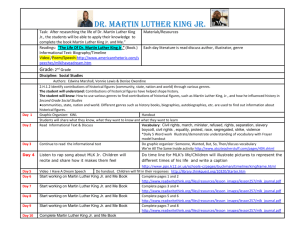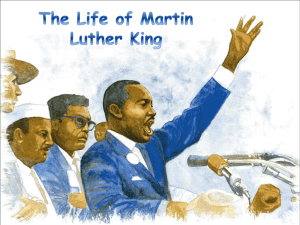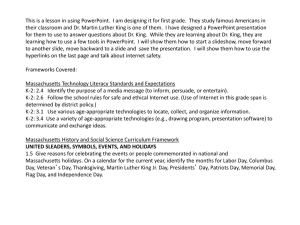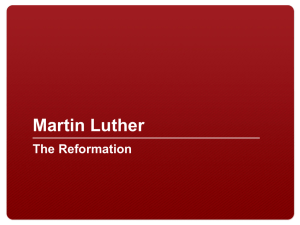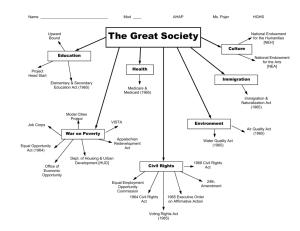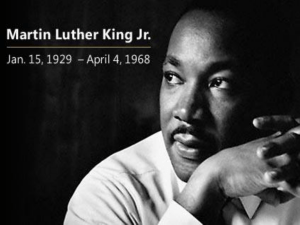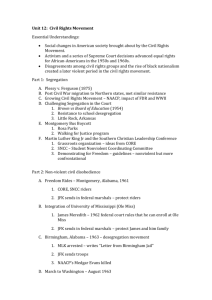Martin Luther King
advertisement
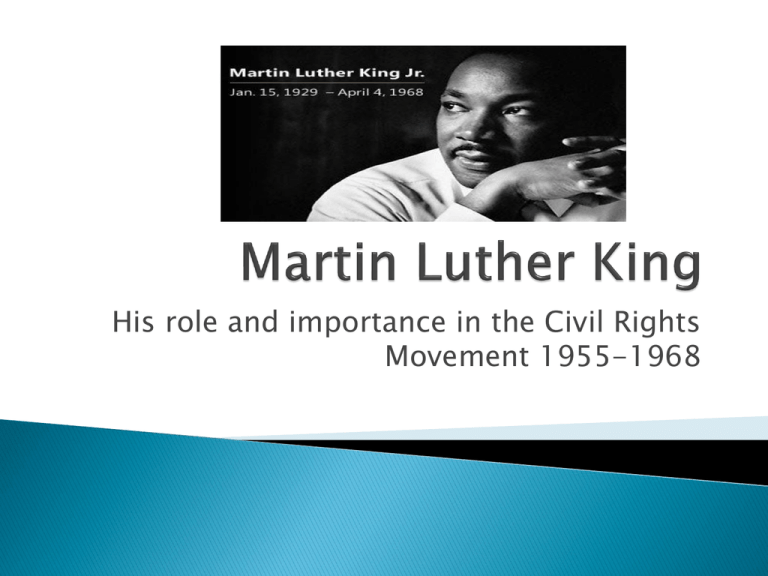
His role and importance in the Civil Rights Movement 1955-1968 In the context of the period 1865 to 1968, to what extent did Martin Luther King advance black civil rights in the USA? Was King a leader or a mere figurehead of the movement who was led by the grassroots? What were King’s qualities as a leader? What made him special? Why did he standout from his contemporaries and previous black leaders? Did King reach the pinnacle of his success in the 1964-1965 period? Did King become more radical after 1965? Central leadership – personally and on an organisational scale through the creation of the SCLC in 1957 Personal courage and self sacrifice. He was a martyr to the cause His ability to convey the mood of the black population through his rousing oratory and writings e.g. I have a dream (1963), Letter from a Birmingham Jail (1963) etc. His fusion of Christian scripture and Ghandian nonviolent direct action won the support of a wide-cross section of US society, particularly the white middle classes. This in turn garnered the support of the Federal government to the Civil Rights cause. The de jure achievements of the 1964 Civil Rights Act, 1965 Voting Rights Act and the 1968 Civil Rights Act are often cited as King’s victories for black equality. In the first studies that appeared about the Civil Rights Movement which appeared in the late 1960s and 1970s there was undeniably a ‘King-centric’ approach to the subject (Ling, Martin Luther King Jr, 2002). , King occupied the central stage and appeared to ‘dominate the individuals and events around him through his determination and vision like a historical colossus’ (Verney, The Debate on Black Civil Rights in America, 2006). The ‘King-centric’ approach was first put forward by Meir in 1965. Meir argued that King was indeed essential to the success of the movement, as he possessed strong leadership abilities that ultimately allowed the movement to gain a broad audience By the late 1970s and early 1980s historians were opening up new areas of socio-economic areas of enquiry into the Civil Rights Movement, looking at the ‘grassroots’ rather than a ‘top down approach’ Biographies of King in the 1980s became more objective of King, highlighting his weaknesses as well as his strengths. Garrow (1986) concludes that King was ‘a saint with feet of clay’, prone to agonising self-doubt and serial extra-marital infidelities. By the late 1980s King’s personal fallibilities (such as his numerous affairs and the discovery of his plagiarism) called into question the nature of his leadership. Clayborne Carson (1987) argued that ‘If King had never lived, the black freedom struggle would have followed a course of development similar to the one it did. In 2002 Peter Ling challenged the conventional ‘Montgomery to Memphis’ argument and concluded that King’s greatest achievements came not in the period 1955 to 1965, but in his turbulent later years. It was the King of these later struggles who emerged as ‘the more heroic figure, as a leader striving to develop his ability to address injustice and as someone prepared to face the price of unpopularity and isolation.’ (Ling, Martin Luther King Jr, 2002, p5)
